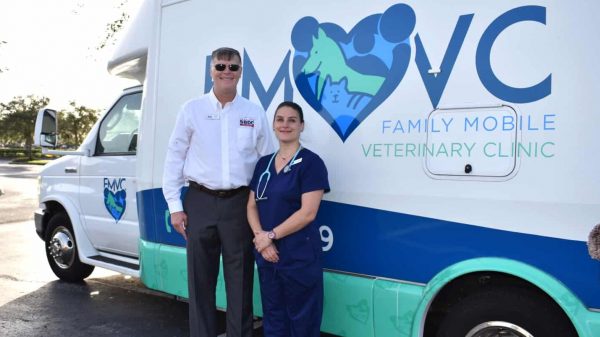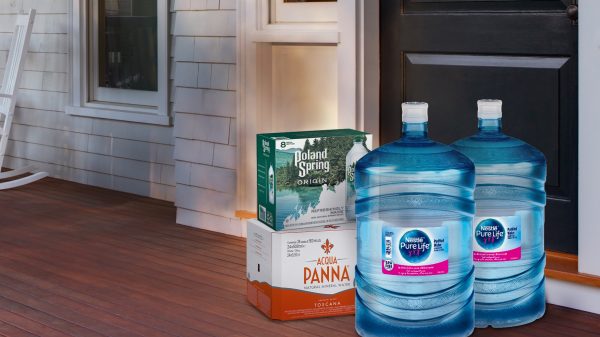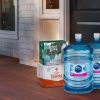Your CPAP/ BiPAP machine should have the following:
* CPAP/ BiPAP unit has an electrically operated generator, which uses a blower to open and maintain the airflow necessary for treatment.
* A Heated Humidifier with your CPAP machine or BiPAP machine is recommended to reduce nasal congestion or dryness and makes CPAP/ BiPAP therapy more comfortable. Keep in mind body temperature is usually at 98.6 degrees and air temperature would be about 72 degrees making the air cool and dry. To prevent condensation in the tubing you may insulate the tubing with bubble wrap. It is also helpful if the CPAP machine or BiPAP machine is positioned lower than the bed so the tubing is in a downward direction to the heated humidifier.
* Patient Interface should include a mask or nasal pillow system held in place by aheadgear which connects to the CPAP/ BiPAP unit via tubing.
Operation of the CPAP/ BiPAP Unit:
* Place the CPAP machine or BiPAP machine on a dresser, bedside table, or nightstand
* Do not place unit on the floor
* Make sure the area has good circulation and the air inlet is not blocked byanything
* When traveling to other countries with different electrical requirements, check your operation manual for specific instructions
CPAP Machine or BiPAP System Set-up:
* Connect one end of cpap tubing to the air outlet of the CPAP/ BiPAP machine with the other end of the cpap tubing going to the CPAP/ BiPAP nasal or full face mask and attach the headgear.
* Place the nasal CPAP mask over your nose or if you have the nasal pillow system insert them into your nostrils.
* Secure the CPAP headgear making sure it should be snug. The CPAP headgear should never be tight or loose. Make necessary adjustment to your CPAP mask and headgear and make sure the CPAP system is closed and no air is leaking.
CPAP/ BiPAP Care & Maintenance:
* CPAP/BiPAP machines should be wiped down periodically with a clean damp cloth. ALWAYS disconnect the CPAP/BiPAP units from the electrically power source before cleaning.
* CPAP Mask/Nasal Pillows/Tubing: Daily cleaning is recommended. One part vinegar to three parts water solution is the best cleaning agent as it does not leave a soap film over a period of time. Make sure to rinse thoroughly with warm water to remove vinegar odor. You may also use a mild detergent with warm soapy water. Rinse thoroughly and let air dry.
* Headgear: Weekly cleaning of the headgear is recommended to maximize the life of your headgear, hand wash with mild detergent or wash using the gentle cycle.
NEVER use bleach and do not machine dry CPAP Equipment
* The Heated Humidifier Reservoir: Daily cleaning is recommended. One part vinegar to three parts water solution is the best cleaning agent as it does not leave a soap film over a period of time. Make sure to rinse thoroughly with warm water to remove vinegar odor. You may also use a mild detergent with warm soapy water. Rinse thoroughly and let air dry. Water should be changed daily with distilled or sterile water. Do not go pass the fill line.
Helpful Hints for maintaining CPAP Masks and Machines
* Washing your face to remove excess facial oils before using cpap mask will help to achieve a leak free fit and prolong the useful life of your mask.
* If you are experiencing nasal or airway dryness and irritation use a nasal saline or water based lubricant. DO NOT use a petroleum based lubricant product.
* If you are experiencing morning dry eyes readjust or tighten the headgear and/or mask at the top. Be careful not to over tighten, as this could cause a pressure point on the bridge of the nose.
* Do not leave your cpap tubing or plastic parts out in direct sunlight for drying. This could cause a premature yellowing and cracking of the plastic.
* CPAP supplies or BiPAP supplies should be replaced on a three months basis to prevent infections or as needed.









